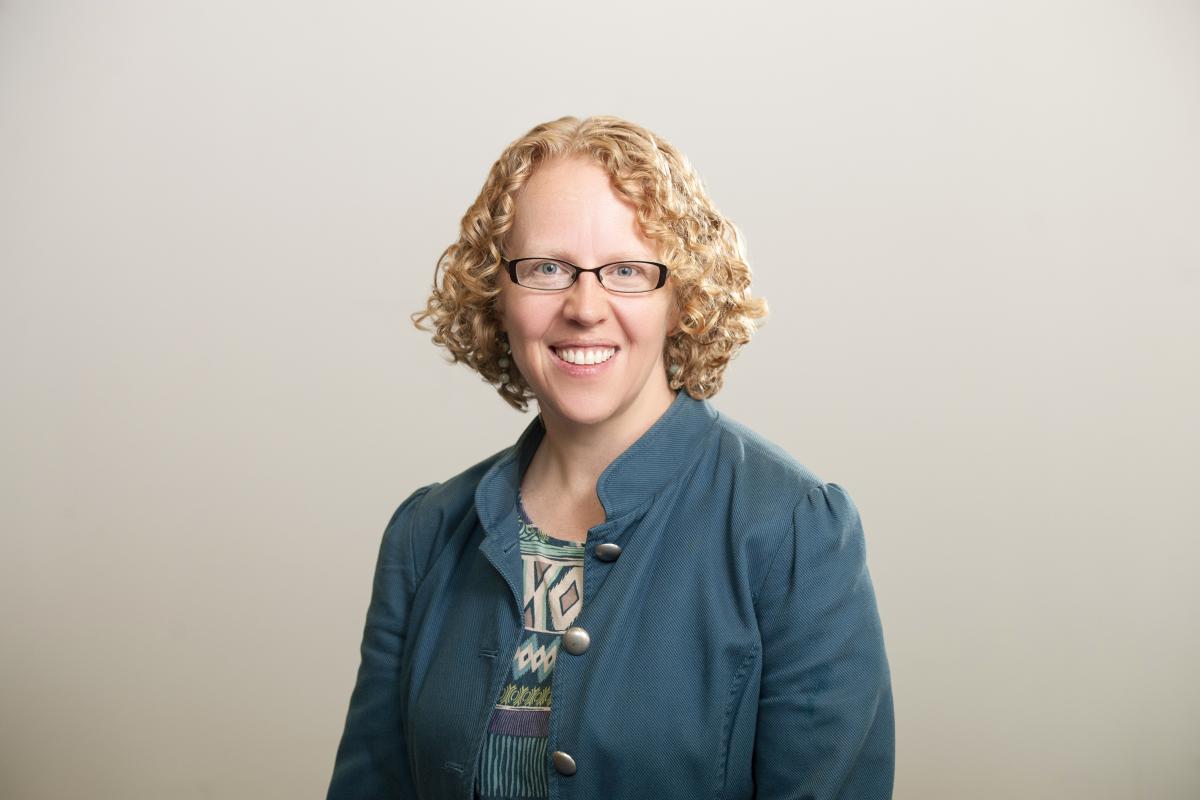STORY: Johansen Co-Authors International Report on Oxygen Therapy Technology
Elizabeth Johansen, senior lecturer in design and biomedical engineering, has co-authored an international report on oxygen innovations spurred the worldwide medical oxygen shortage to address COVID-19, childhood pneumonia and a variety of other respiratory conditions.
The Medical Oxygen Innovation Landscape highlights key technologies and emerging business models that have the potential to transform health care in low- and middle-income countries by addressing critical gaps in access to lifesaving oxygen therapy.
The report was prepared by Unitaid, part of the World Health Organization (WHO) with a mission to advance health equity goals across the world, and Spark Health Design, a human-centered design and usability engineering firm founded by Johansen.
“In part because of the increased need during and after the COVID-19 pandemic, the WHO has placed more importance on access to oxygen as an essential medicine,” says Johansen. “Unitaid approached us for this collaboration to understand what kind of oxygen innovations are in the pipeline, as well as what clinical and medical devices might be most promising in low-income countries particularly.”
“The COVID-19 pandemic highlighted inequities in availability and access to this life-saving medicine and the inherent challenges in the process of generation, distribution, and delivery of oxygen to patients,” says the WHO. “The WHO Access to Oxygen Initiative provides technical and operational support to […] identify and implement holistic solutions to enable a resilient oxygen ecosystem.”
In addition to many other technologies, the landscape references work done by Olin’s own HEAL Lab. Led by Chhavi Goenka, assistant professor of engineering, HEAL has been developing a new device that better measures oxygen saturation in people with higher melanin concentration to address racial bias in pulse oximetry.
“Most medical technology is not designed for most people,” says Johansen. “When we think about equity in medical devices, it’s often not a price issue, but instead not enough thought about the difference in types of users, use patterns, locations, climates, limited service and maintenance infrastructure, and more. At Spark and at Olin, we’re working to innovate and design medical technology to reach more people by addressing these challenges.”

Portrait of Elizabeth Johansen, senior lecturer in design and biomedical engineering.